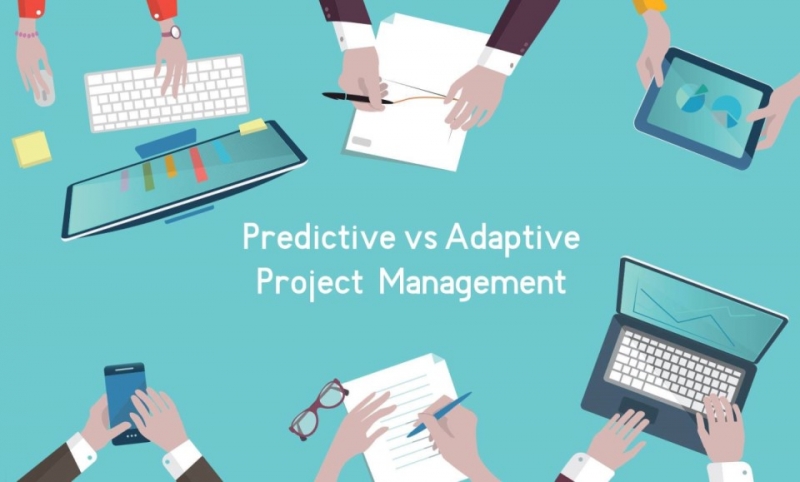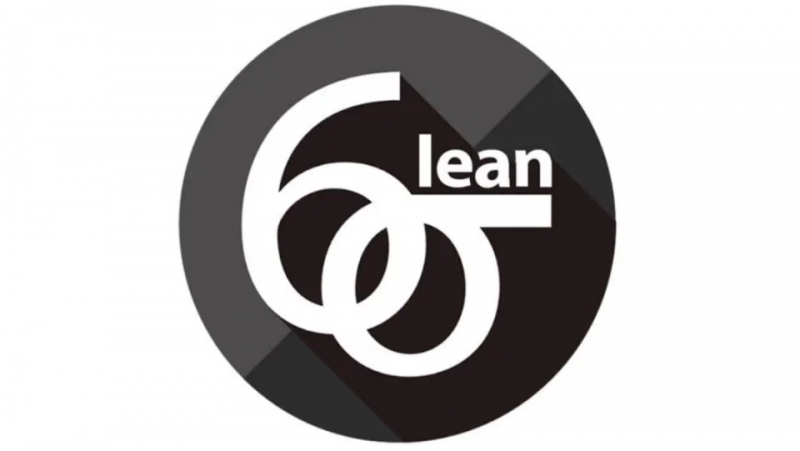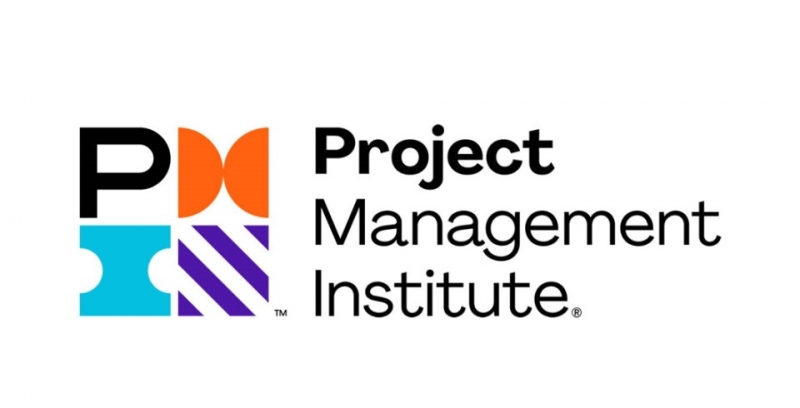I'm results-driven and detail-oriented IT Project Manager with a demonstrated history of working on international projects, higher education in business administration along
with geeky interest in computer science.
Predictive vs Adaptive Project Management

By definition, a project is a temporary effort to create a unique product or service and project management is the practice to do that, keeping in mind key constraints: scope, time, and cost.
Although, starting from building of pyramids to creation of software, everything can be called a project, as a discipline, project management developed in the 1950s, and primarily it was used for civil engineering projects. Along with technological breakthroughs in the second part of the 20th century, project management itself as a discipline enlarged in size and in complexity. Nowadays we have an exact body of knowledge for project management which is standard terminology, guidelines, tools, inputs, and outputs for every type of project. the body of knowledge evolves over time and includes best practices.
Let’s get back to the topic, we have a universal body of knowledge for project management, but this does not mean that every project should be managed similarly. Projects have different budgets, requirements, and specifications and therefore their management mainly is united around two methodologies, predictive and adaptive. Now we will define both of them by answering three questions: What? Why? How?
Predictive Project Management
What? – Predictive project management is a traditional methodology, where you define everything in detail at the start of the project and try to stick to the plan without changes.
Why? – Using predictive project management can be beneficial when one of the following factors take place:
- Requirements are already clear and well defined
- Budget and timeline are strict and cannot be changed
- Strict regulatory requirements exist from supervisory authorities
- The project team has already worked on a similar project, it is fully explored and easy to be implemented
How? – The project manager and team should focus on planning and analyzing, because the entire project relies on assumptions that are made during this phase, therefore the team needs a detailed breakup of tasks and their schedule.
In this methodology, work is done in the following order (most likely):
- Requirement analysis
- Design
- Development
- Testing
We do each of these steps only once, each step has to be finished to get feedback from the client and then move to the next one, which means we only deliver the product to the client only once.
At Segue (main IT service provider for US Air force, Navy, Marine Corps) traditional predictive methodology is successfully implemented. They use prototyping to give the customer and team a better vision of the product at an early stage of the project. After ensuring that requirements are clear and understanding of the product is the same, they start the development process of multiple websites, a custom-built intranet as well as various side projects as needed.
Their understanding of Federal and Department of Defense (DoD) IT policies, regulations, and operating procedures and past experience of similar projects gives them the opportunity to use predictive methodology while developing products like US Air Force Automated Funds Management, Marine Corps Range & Training Area Management System, Oracle Primavera Portfolio Management for US Air Force and etc.
Adaptive Project Management
What? – Adaptive project management is designed to be naturally flexible, quicker, and more adaptive, although planning and analyzing is still done at the beginning, clear vision and functionality is still missing due to lack of requirements. Instead, the product is developed through short iterations. The goal is to receive frequent feedback from the clients to ensure that our vision of a product is in full correspondence with theirs.
Why? – Adaptive project management is used when:
- Requirements change frequently and significantly
- Initiative is complex
- The vision of a final product is not clear
- The team is flexible and adaptive to change
- Deadlines are not very strict
- Cost of change is minimal
How? – First, a small and adaptive team should be formed inside of the organization. Because requirements are not clear, frequent communication with the client is necessary after each iteration.
In adaptive methodology, the workflow can be the same (requirement, analysis, design, development, testing) but the difference is that we do each phase as many times as needed, the product is delivered to the client after each iteration, to take feedback and continue development.
The main theme with adaptive project management is that the team members decide how long things should take and what is the priority, along with the project manager. So, team members have control over the project team and project decisions. The project manager’s responsibility is to ensure that the project team has the things that they need. PM should kind of defend the team and keep them from interruptions and change during iterations.
Adaptive methodology (Agile) is used not only in software development but in auto and rockets manufacturing also. At Tesla, the car is not the same at the end of the year as it was at the beginning, after user feedback and continuous testing cars change all the time on assembly-line, rather than manufacturing the same type of product entire year like other manufacturers do.
Cars that are already customers’ property still continue improvement remotely with software updates.
Conclusion
Adaptive project management and its most popular methodology, Agile, is a buzzword today, it is considered to be more modern and adapted. That is why many project managers choose adaptive methodology over predictive. However, there are no right or wrong when it comes to methodologies in project management. Depending on the product, budget, deadlines and the client, it is the project manager’s responsibility to decide which type of methodology to use: adaptive, predictive or both of them.
გააზიარე
ავტორის სხვა მასალა
- on სექტემბერი 24, 2020
- on აგვისტო 21, 2020
- on აგვისტო 7, 2020
- on ივლისი 23, 2020
- on ივლისი 10, 2020
- on ივნისი 26, 2020
- on მაისი 29, 2020
- on მაისი 15, 2020








